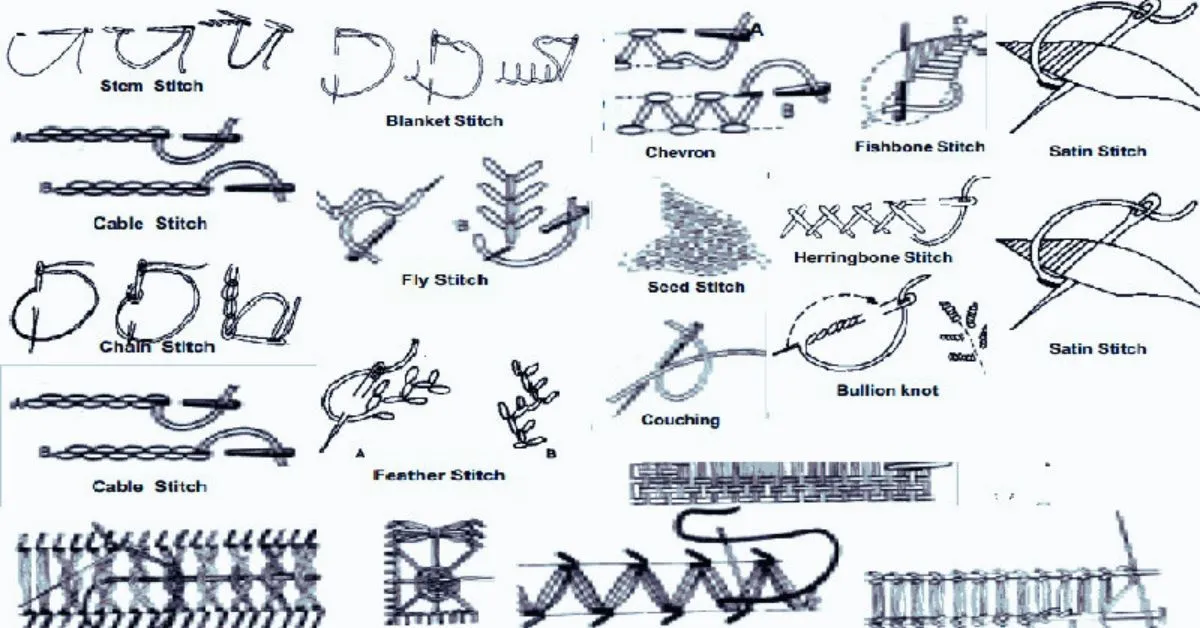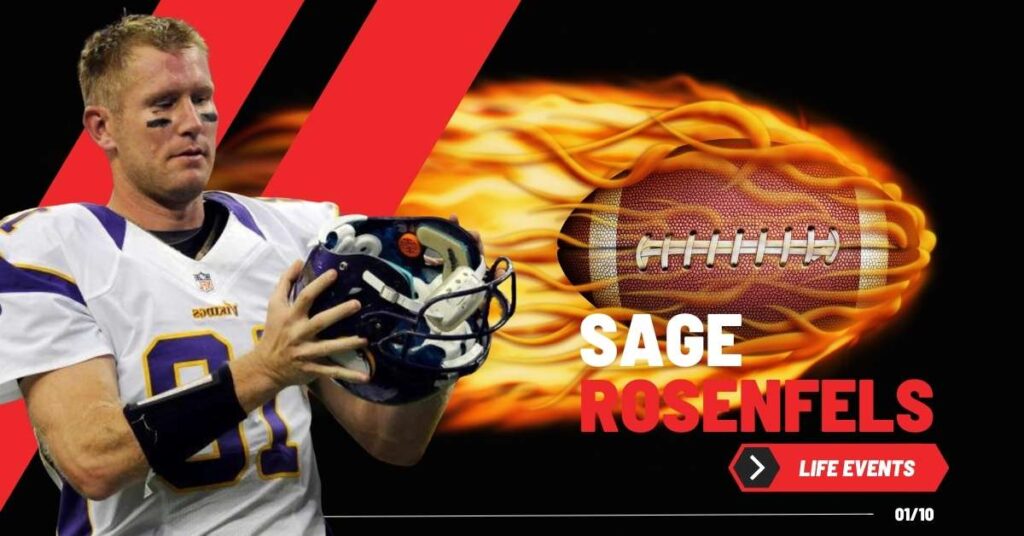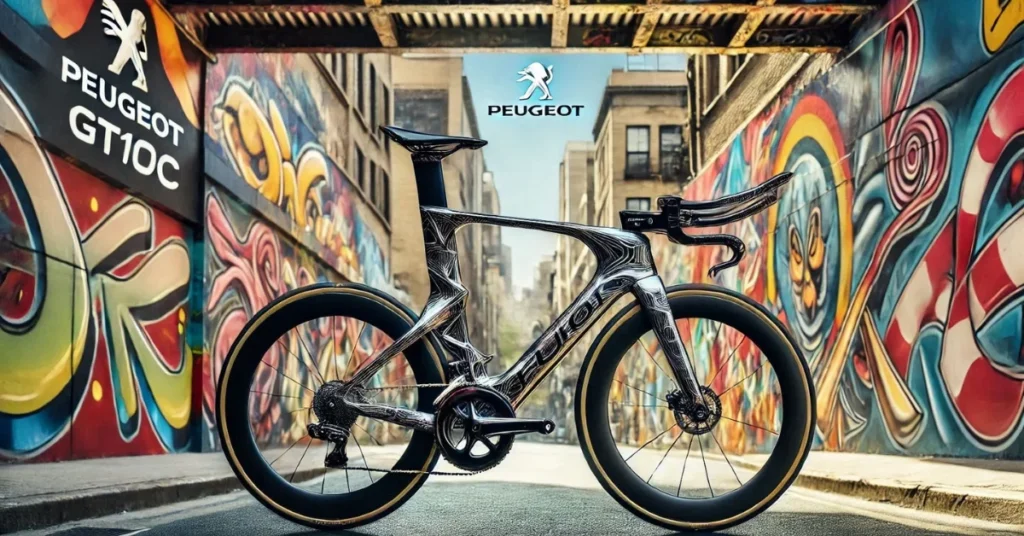“Nahttypen” is the German word for types of seams. A seam (or “Naht”) joins two pieces of fabric together. Every time someone stitches fabric edges, a seam is born.
Seams aren’t just lines of thread. They give shape, hold strength, and decide how clothing, gear, or products look and feel. From a basic T-shirt to a tent flap, seam types (nahttypen) play a quiet but powerful role.
And here’s the kicker: choosing the right seam can mean the difference between a garment that lasts and one that falls apart after one wash.
Why Do Seam Types Matter?
Think of seams like roads. Some are straight and flat. Some zig and zag. Others are hidden, decorative, or reinforced like a bridge.
They each handle different fabrics, stresses, and purposes. Seam types affect:
- Durability
- Look
- Fit
- Feel
- Water resistance
- Fraying prevention
- How the final product moves
Seam choice also affects how long it takes to sew, and whether special tools or stitches are needed.
Trending: Look What Mom Found Fathead Wall Graphic Giveaway
Main Seam Types (Nahttypen)
Let’s talk about the most common seam types used around the world. This includes those seen in clothing, gear, and other sewn products. All examples are matched to their common uses, from delicate fabrics to outdoor gear.
Plain Seam (Geradstichnaht)
Best for: Basic garments, light to medium fabrics
Looks like: Two fabric edges joined, then pressed open
Stitch type: Straight stitch
This is the most common seam. Simple, clean, and fast. Used in T-shirts, dresses, and everyday clothing. The raw edges often get finished with a zigzag stitch or overlocked to avoid fraying.
Think of this as the peanut butter and jelly of seams.
French Seam (Französische Naht)
Best for: Delicate fabrics like silk, chiffon
Looks like: No raw edges visible seam hides inside
Stitch type: Two straight stitches, one inside the other
A favorite for clothes worn next to skin. The french seam keeps rough edges out of sight and touch. Takes more time but looks tidy and polished.
Like folding a secret love letter inside an envelope.
Flat-Felled Seam (Kappnaht)
Best for: Jeans, uniforms, strong outdoor gear
Looks like: Double-stitched flat seam, no raw edge
Stitch type: Two rows of straight stitching
Used when strength matters. The flat-felled seam gives structure and long wear. Found in jeans, workwear, tents, and even some bags.
This seam’s the bolt that keeps a frame together.
Bound Seam (Eingefasste Naht)
Best for: Activewear, jackets, visible edges
Looks like: Seam edges wrapped with binding (bias tape)
Stitch type: Any stitch, usually straight
It’s not just strong it’s stylish too. Bound seams are used when the inside matters just as much as the outside. The fabric edges are enclosed with another fabric strip.
Like framing a photo to make it pop.
Lapped Seam (Überlappte Naht)
Best for: Non-fray fabrics like leather, felt
Looks like: One piece of fabric overlaps another
Stitch type: Zigzag or straight stitch
This seam isn’t joined at the edge instead, it overlaps. Seen in decorative projects, leatherwork, and some technical textiles.
Think of one page tucked over another in a file.
Double-Stitched Seam
Best for: Clothing needing extra hold
Looks like: Two seams side by side
Stitch type: Two rows of straight stitch
Gives more strength. Seen in garments that see wear and tear, or heavy fabrics.
Like using two bolts instead of one.
Zigzag Seam
Best for: Stretchy fabrics, knitwear
Looks like: Zigzag stitch joins edges
Stitch type: Zigzag stitch
Used in stretch fabrics or when a serger isn’t available. Holds the edge and lets the fabric flex.
Like a snake moving with the wind.
Tools That Help with Seams
Every seam needs the right tools. Here’s what helps:
- Sewing machine
- Presser foot (for clean lines)
- Thread (matched to fabric strength)
- Needle type (sharp or ballpoint)
- Seam ripper (for fixing mistakes)
- Serger or overlocker (for finishing edges)
- Bias tape (for bound seams)
Seams don’t just depend on fabric they depend on the right mix of tools and thread tension.
Nahttypen by Fabric Type
Different fabrics need different seams. Here’s a basic guide:
| Fabric Type | Suggested Seam Type |
| Cotton (woven) | Plain, French |
| Silk | French |
| Denim | Flat-felled, Double-stitched |
| Knit (stretch) | Zigzag, Bound |
| Leather | Lapped |
| Chiffon | French |
| Nylon (gear) | Flat-felled, Bound |
| Felt | Lapped, Plain |
Choosing the right nahttypen saves time, fabric, and effort.
Common Mistakes When Choosing Seam Types
Many beginners and even some pros get caught in these traps:
- Using a plain seam for fabric that frays
- Forgetting to finish raw edges
- Skipping seam testing on stretchy fabric
- Using the wrong needle or thread
- Choosing speed over durability
Sewing’s not just about the stitch it’s about what happens after the stitch.
Seams for Visual Appeal
Seams don’t always hide. Sometimes they show off. Think decorative stitches, topstitching, or exposed flat-felled seams in denim.
Seams can add:
- Texture
- Design lines
- Pattern breaks
- Color contrast (using bright thread)
Even seams can be art if stitched with purpose.
Also read: Handy Tips DrHomey: Home Maintenance and Energy Savings
Stitch Types That Match Nahttypen
| Stitch | Used in |
| Straight stitch | Plain, French, Flat-felled |
| Zigzag stitch | Knit seams, stretch seams |
| Overlock stitch | Raw edge finishing |
| Double straight | Stronger seams |
| Decorative stitch | Visible seams |
Applications in the Real World
Seams appear in every product we touch:
- Clothing (T-shirts, suits, jeans)
- Outdoor gear (tents, backpacks)
- Upholstery (sofas, cushions)
- Crafts (quilts, handmade toys)
- Technical gear (hazmat suits, sails)
From fashion to function, nahttypen build our world one stitch at a time.
Technology and Seam Performance
Modern sewing tech like haigrasshopper-style compact machines, mainframe-driven pattern matchers, and even AI-assisted sewing arms make seam selection faster and smarter.
But in the end, seam types still rely on:
- Good materials
- Right stitches
- Skillful hands
Even with tools, seam knowledge keeps projects strong and products useful.
Final Product Depends on Nahttypen
Here’s the bottom line:
Whether it’s a soft blouse or a rugged bag, the final product lives or dies by the seam.
Choosing the right nahttypen for your fabric, thread, and application creates:
- Longer life
- Better fit
- Cleaner appearance
- Happier users
And one more thing it saves time, fabric, and stress on the next project.
Quick-Reference Summary
| Nahttypen | Best For | Traits |
| Plain | Everyday clothes | Simple, raw edges need finishing |
| French | Delicate fabrics | Hidden seam, smooth feel |
| Flat-felled | Denim, gear | Strong, clean, double-stitched |
| Bound | Activewear, edges visible | Finished, stylish seam edge |
| Lapped | Leather, felt | Overlapping, decorative |
| Zigzag | Stretch fabrics | Flexible, fray-proof |
FAQ:
Q: What’s the most durable seam type?
A: Flat-felled seams. Used in jeans and gear for a reason.
Q: Which seam works best for silk?
A: French seam. It’s gentle, smooth, and hides raw edges.
Q: Do I need a serger for all seams?
A: No. Zigzag stitch or binding can also finish raw edges.
Q: What if my seam puckers?
A: Check your thread tension, stitch length, and fabric type.
Q: Can I use different seam types in one garment?
A: Yes. Designers often mix seams based on fabric panels and stress points.



